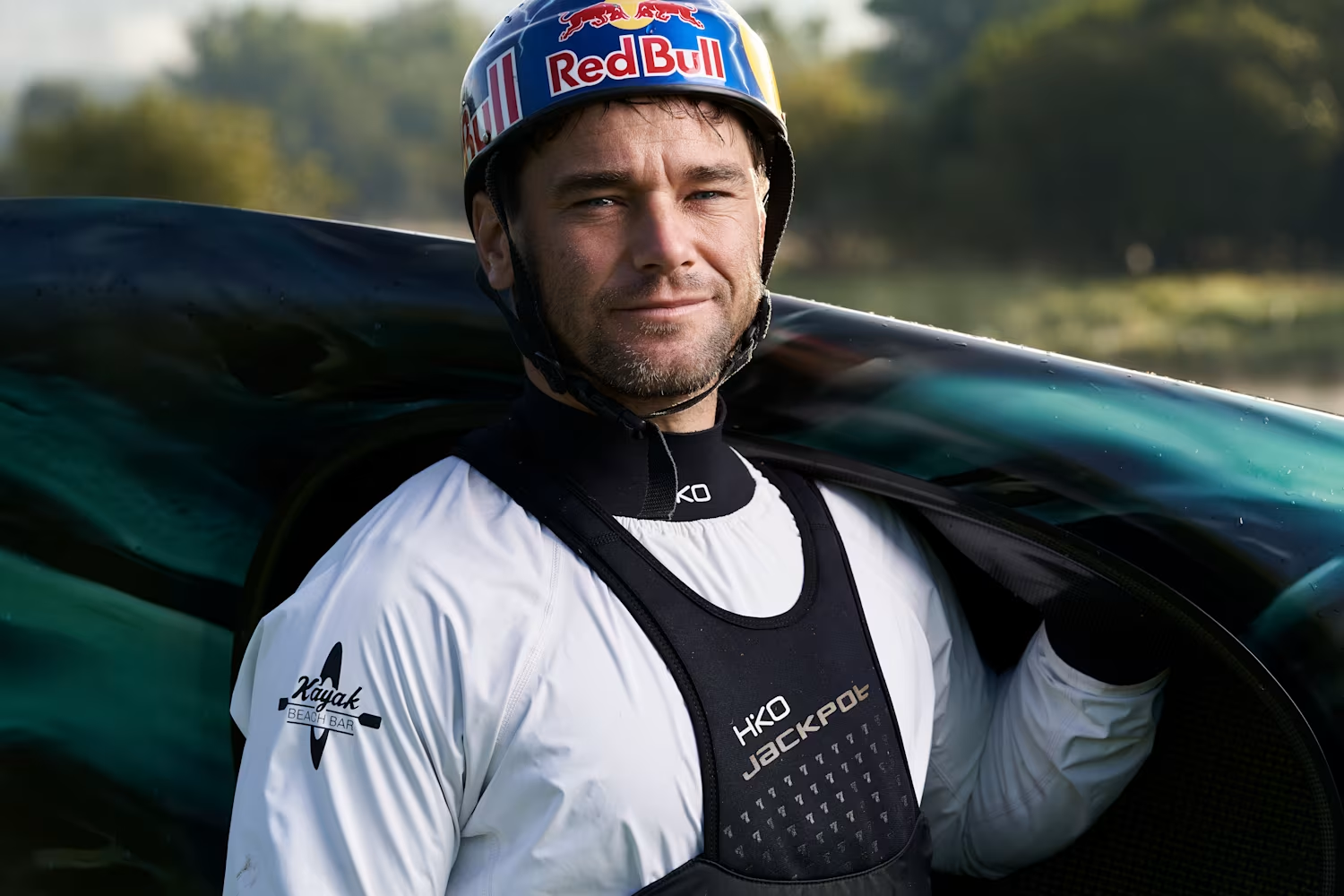Slalom paddlers come in all shapes and sizes, yet often all finish a race within 0.5s of each other. For many sports there is a massive competitive advantage regarding genetics and physiology. Take basketball, the chance of an individual making it big in the NBA is directly correlated to their height. A young basketball player may work the hardest but if their growth stunts at 5’6, their dreams of success will get dunked.
Do factors such as muscle mass, limb length and height make a different in slalom?
What is the best physiology for Slalom?
To understand and provide an answer we must first identify what the ideal, optimal body composition of a slalom paddler may look like.
Slalom is a game of speed. The gold medal goes to the paddler who gets from top to bottom the fastest and cleanest. With that definition the ideal body composition would go to the person who can move their body the quickest. The shorter the paddler, the faster they can move their arms, the quicker the time?

Case studies
Vavra Hradilek, vice Olympic champion and four-time gold medallist stands below his K1M counter parts at 5’6. He is an example of a successful paddler who has benefitted from his short height. Hradilek’s style of paddling is comparable to an submachine gun – it is compact, rapid fire but can quickly run out of ammunition. In other words, he favours a high cadence rep rate to compliment his shorter stance. This has historically worked to his favour and is often remarked as one of the Goat’s in slalom.
But what about strength, surely the paddler with the biggest biceps wins all the races?
Joe Clark, 2016 Olympic champion is known for his high strength paddling and gym work. He is an example of a slalom paddler that has used his natural body composition coupled with a focus on gym to emerge on top. So, a short but stocky build is optimal? The strength combined with the speed must equate to a ‘perfect’ physiology. Right?
Mallory Edward (Franklin), Vice Olympic champion at the 2020 games, is one of the taller athletes in the C1W category. She can use her height and additional reach to extend her stroke to cover more distance with her blade. This additional reach gives her a competitive genetic advantage over other paddlers and has allowed her to achieve slalom success.

Vavra Hradilek (left), Joe Clark (middle), Mallory Edwards (Right)
Is it all Doom and Gloom?
If you were to place a powerlifter into a slalom boat, they may have extreme strength and be able to move the boat in a straight line with relative speed, but they would be a tangled mess when precision upstreams come into the equation. Factors such as technique are a learnt skill.
The perfect paddler would be able to combine technique with the genetics they have been gifted. There is not one size fits all. Paddlers as we have identified have used the cards they were given and adapted their style accordingly. However, one thing is key. Regardless of body composition, those who emerge victorious have trained the hardest and optimised their physiology to grant the best chance of success. Sure, genetic play a role in most sport however in slalom it varies and makes you question if there is an ideal body type. It is evident in a lot of sports that genetics is the gateway to success, this is not the case for Canoe Slalom with evidence that victory takes place across the physiological spectrum. You can optimise your game by following a good diet, a low body fat and building strength but ultimately you cannot blame what is not in your control. Often what you may see as weaknesses can actually work to your advantage, but the paddler must be willing to accept their genetics and play their hand accordingly.
Like this post?
We post weekly articles on a variety of Canoe Slalom and Kayak Cross topics. Expect controversy, humour and big ideas.
Support u


Leave a Reply